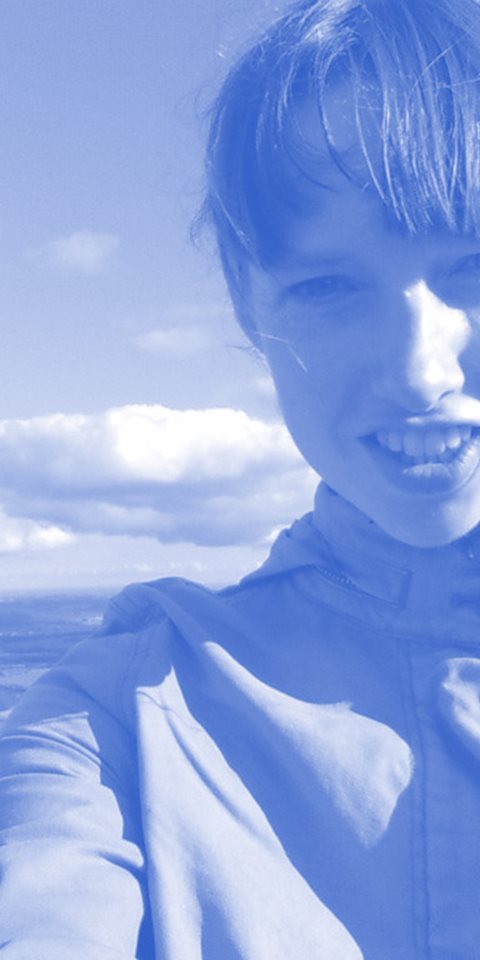POLICY BRIEF: Commercial poultry producer and stakeholder views on control of avian influenza (AI)
1. KEY MESSAGES
The perception of producers and key stakeholders in the commercial poultry sector is that if an outbreak occurred on a very large unit, or an area dense with commercial producers, there may be capacity challenges for animal slaughter and the swift implementation of subsequent disease prevention and control measures. Some interviewees (commercial poultry producers and key stakeholders) thought that communication to producers in Protection or Surveillance Zones could be better streamlined by involving fewer people and resolving divergent opinions
Management of an outbreak: Interviewees perceive that existing infrastructure, legislation and communication practices are adequate to prevent spread of disease in AI outbreaks of a similar size to previous ones. However, they also suggested changes in the management of outbreaks including: ensuring that there was sufficient capacity for communications, slaughtering, cleansing and disinfection (C&D) to manage larger outbreaks, managing the requirement for secondary C&D to ensure restrictions on the sector are not unnecessarily prolonged, and supplying sufficient information on previous outbreaks to enable effective contingency planning for the future.
Biosecurity on farm: Despite government regulations, interviewees from egg and broiler facilities did not always agree on the biosecurity measures deemed necessary to prevent an AI outbreak, e.g. some interviewees felt that the requirement for the most stringent biosecurity was less important in units at the base of the production pyramid and others were unsure about the adequacy and importance of measures such as tyre washing.
There were differences of opinion about the relationship between disease exposure and a subsequent outbreak and the best way to prevent an outbreak, which could create conflict between sectors when tackling AI. Some people thought that if a bird was exposed to an AI pathogen this would almost certainly lead to the bird contracting AI and an outbreak happening on the unit, while others believed that a flock of birds could be exposed but could mount an immune response, so an outbreak would not occur. Those who saw exposure as definitely leading to an outbreak, believed the best way to address AI in the event of an outbreak and as a long term strategy, was to prevent exposure through heightened biosecurity, and in particular during an outbreak, by housing free ranging birds. Conversely, those who thought exposure did not necessarily lead to an outbreak, believed the best way to address AI involved improving the health, welfare and facilities of birds in general, thus increasing their ability to mount an immune challenge to exposure and reducing their chances of succumbing to the disease. The ‘health, welfare and facilities’ framing of tackling AI was a minority view which was rejected by several interviewees, meaning any measures to address AI other than through limiting exposure (and particularly housing free range birds) are likely to be contentious among the majority in the industry.
Attitudes to backyard flocks. Most interviewees perceived the risk of disease transmission between backyard and commercial flocks as minimal. The primary risk was the identification of AI in a backyard flock and the subsequent restrictions on the commercial sector. Many interviewees wanted backyard and commercial sectors to be legally decoupled. There was also an opinion that further education of backyard keepers and more stringent enforcement of existing regulations pertaining to backyard flocks during an outbreak is required.
The aim of this study was to explore commercial producer and key stakeholder views on the prevention and control of avian influenza (AI).
Interviewees’ attitudes to biosecurity are not uniform and more could be done to a) research what practices are being carried out on farm, b) to convince producers to more stringently follow epidemiological advice around biosecurity practices during an outbreak and upgrade facilities and capacity to prepare for outbreaks.
Policy makers should be aware that differing views around AI (and disease in general) may create conflict and could consider this when communicating prevention measures or in the event of an outbreak. Should measures other than housing birds and heightened biosecurity be suggested, we propose that they be communicated with evidence about why are they believed to be effective.
In order to enable adequate contingency planning interviewees requested a concise compilation of information around the transmission and epidemiology of previous outbreaks.
Given the apparent lack of understanding of biosecurity in the backyard sector (Kyle, Sutherland 2018: Gomes, Sparks 2019), most interviewees were supportive of pursuing the legal decoupling of outbreaks in the backyard and commercial sectors as a way to manage the economic impacts of AI outbreaks on the commercial sector.
Twenty three interviews took place over the phone or in person in January and February 2018 with commercial producers from the meat and egg industry (12) and sector stakeholders (11). Stakeholders included government employees, academics, poultry veterinarians, and people working throughout the poultry supply chain. Poultry producers came from the meat and egg sectors, free range and colony systems, and operated at different levels of the supply chain, from those managing production operations to employees involved in day to day management of the poultry. We suggest that the views expressed in the interviews may reflect the concerns of commercial sector and wider stakeholders in general
Understanding Backyard Poultry Keepers and their Attitudes to Biosecurity: Carol Kyle and Lee-Ann Sutherland, 2018
Exploring the attitudes of backyard poultry keepers to health and biosecurity: Carla Correia-Gomes and Nick Sparks, 2019
https://www.sciencedirect.com/science/article/pii/S016758771930412X

